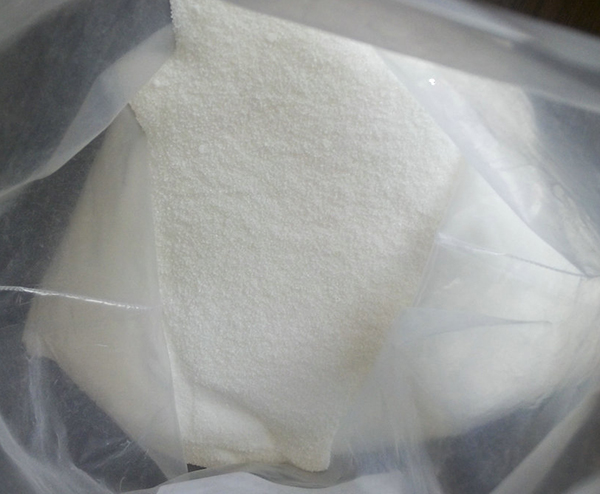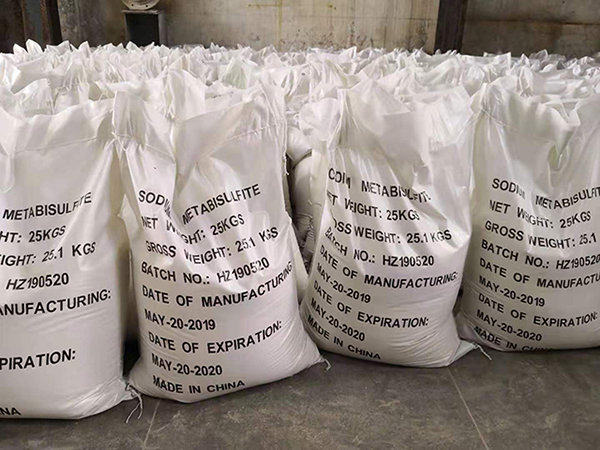Application of food additives-sodium metabisulfite
Sodium metabisulfite is a widely used food additive. In addition to its bleaching effect, it also has the following effects:
1) Anti-browning effect, enzymatic browning often occurs in fruits and potato foods. Sodium metabisulfite is a reducing agent, which has a strong inhibitory effect on the activity of polyphenol oxidase, 0.0001% sulfur dioxide can Reduce enzyme activity by 20%, 0.001% of sulfur dioxide can completely inhibit enzyme activity, can prevent enzymatic browning; In addition, it can consume oxygen in food tissue and play the role of deoxygenation; sulfuric acid can be added with glucose The reaction prevents the glucose and amino acids in the food from undergoing a sugar-ammonia reaction, thereby having the effect of preventing browning.
2) Antiseptic, sulfurous acid can act as an acidic preservative. Undissociated sulfurous acid is considered to inhibit yeast, mold, and bacteria. According to reports, the inhibitory effect of undissociated sulfurous acid on E. coli is 1,000 times stronger than bisulfite. It is 100-500 times stronger for beer yeast and 100 times stronger for mold. When sulfur dioxide is acidic, it has the strongest microbial effect.
3) The role of loosening machine can be used as a component of loosening machine.
4) Anti-oxidation effect. Sulfurous acid has a significant effect on oxidation. Because sulfurous acid is a strong reducing agent, it can consume oxygen in fruit and vegetable tissues and inhibit the activity of oxidase, which is very effective in preventing the oxidative destruction of vitamin C in fruits and vegetables.

The mechanism of sodium metabisulfite functioning:
Bleaching agents can be divided into two categories according to their mode of action, oxidizing bleaching agents and reducing bleaching agents. Sodium metabisulfite is a reducing bleach.
Sodium metabisulfite discolors pigments by reduction to achieve bleaching. The color of most organic substances is produced by the chromophore contained in their molecules. The chromophoric groups all contain unsaturated bonds. Reducing the bleach to release hydrogen atoms can turn the unsaturated bonds contained in the chromophoric group into single bonds, and the organic matter loses its color. The browning of some foods is caused by the presence of ferric iron ions. The addition of reducing bleaching agents can turn ferric iron ions into ferric iron ions to prevent food browning.
Sodium metabisulfite utilizes sulfite addition reaction to discolor to achieve the purpose of bleaching. Addition reaction of anthocyanin and carbohydrate can be bleached to make it fade. This reaction is reversible, and sulfurous acid can be removed by heating or acidification treatment to regenerate anthocyanin and restore the original red color.

